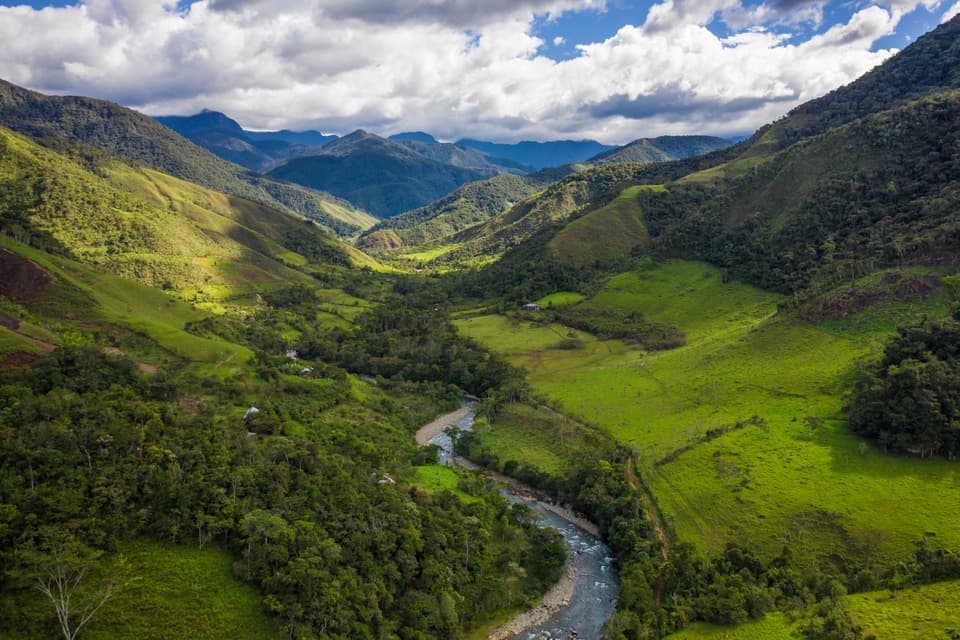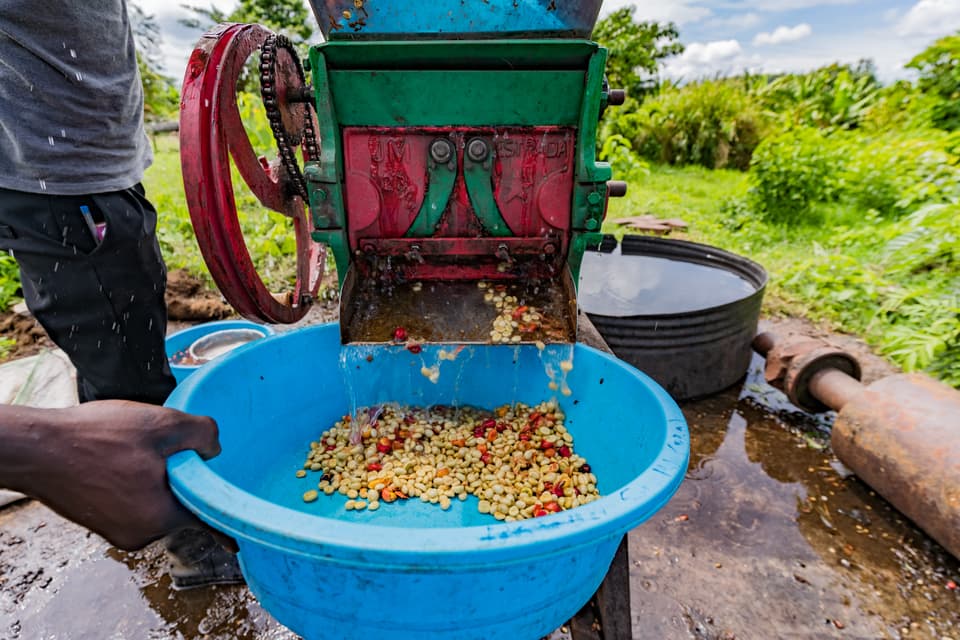Mexico is one of the top 10 exporters of coffee in the world, with a rich coffee heritage. Most Mexican coffee is commercial-grade washed arabica, but the country has increased specialty production. Coffee plays a far smaller role in the Mexican economy than it does for neighboring countries, contributing less than 0.1% of the value of all exports. And while it has double to triple the amount of coffee lands under production as its closest neighbors, average yields per hectare are much lower. In the last decade, robusta production has slowly grown; Mexico now produces more robusta than any other Mesoamerican country. In 2019, Mexico rejoined PROMECAFE, a regional platform supporting coffee agricultural research.

Mexico
Mexico’s coffee production is primarily arabica, but in recent years robusta has been introduced in the lowlands of Veracruz (Tezonapa and Tepatlaxco), Chiapas (Cacahoatán) and Oaxaca (Tuxtepec and Valle Nacional). The most commonly grown varieties of arabica are Typica, Caturra and Bourbon, however starting in 2015 a national program for the renewal of coffee plantations began and may farms have installed improved varieties. The national strategy for coffee (PIAC-PpB) is focused on productivity, resilience, and adoption of improved technologies. Mexico has moved to embrace certified coffee seed (SNICS-SADER) of improved varieties. As of 2022, 150,000 hectares have been renovated with 550 million new trees resistant to coffee leaf rust and/or selected for high cup quality (Oro Azteca, Marsellesa, Costa Rica 95, Sarchimor, IAPAR 59 and Geisha), according to INIFAP.
Mexico, since 2015, has been part of the global International Multilocation Variety trial, hosting three sites. In 2022, WCR looks forward to starting to work with Mexico, via the Secretaria de Agricultura y Desarrollo Rural (SADER), on a joint breeding and nursery development strategy in support of shared industry and origin priorities, including farmer profitability, climate resilience and quality.
Current Activity
Country Progress
Export volume, three-year average
Country Statistics
Coffee agricultural R&D is critical for delivering the productivity and quality improvements that lead to economic transformation at scale.
International Coffee Organization (ICO). 2021. Exports of all forms of coffee by exporting countries to all destinations. Accessed from https://ico.org/trade_statistics.asp?section=Statistics
TBD
Enveritas, 2018. “How many coffee farmers are there? Global coffee farm study”
Food and Agriculture Organization of the United Nations (FAO). 2021. Crops and livestock products. Accessed from http://www.fao.org/faostat/en/#data/QC
Agricultural Science and Technology Indicators (ASTI). 2021. ASTI database. International Food Policy Research Institute (IFPRI). Accessed from: https://www.asti.cgiar.org/data
Calculated using ICO production data and FAO area harvested data
Our Partners

Instituto Nacional de Investigaciones, Forestales, Agrícolas y Pecuarias (INIFAP)
INIFAP is an institution of scientific and technological excellence with leadership and national and international recognition for its ability to respond to the demands of knowledge and technological innovations for the benefit of agriculture, livestock, forestry and society in general. It has generated technologies to improve coffee production, including new varieties such as Oro Azteca.




















